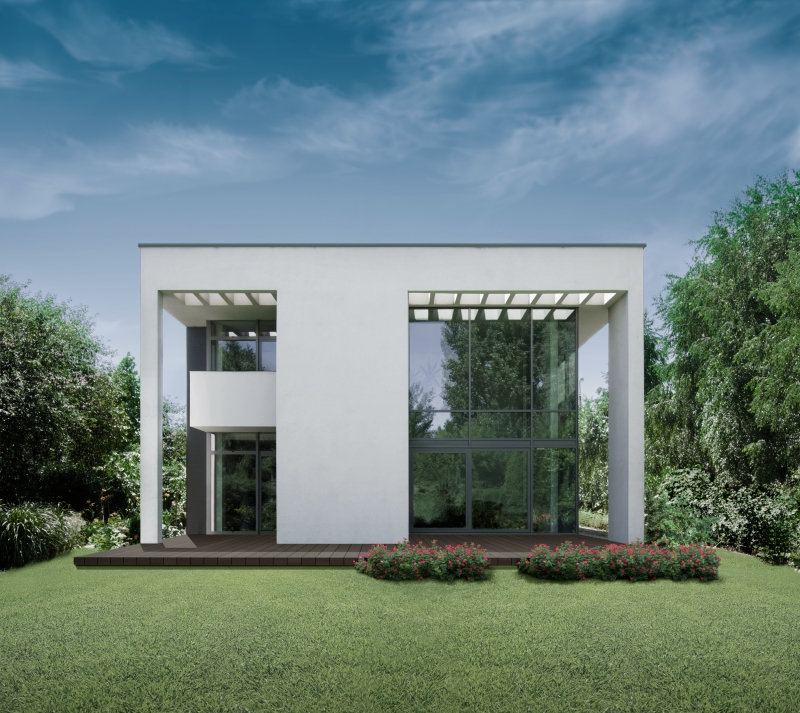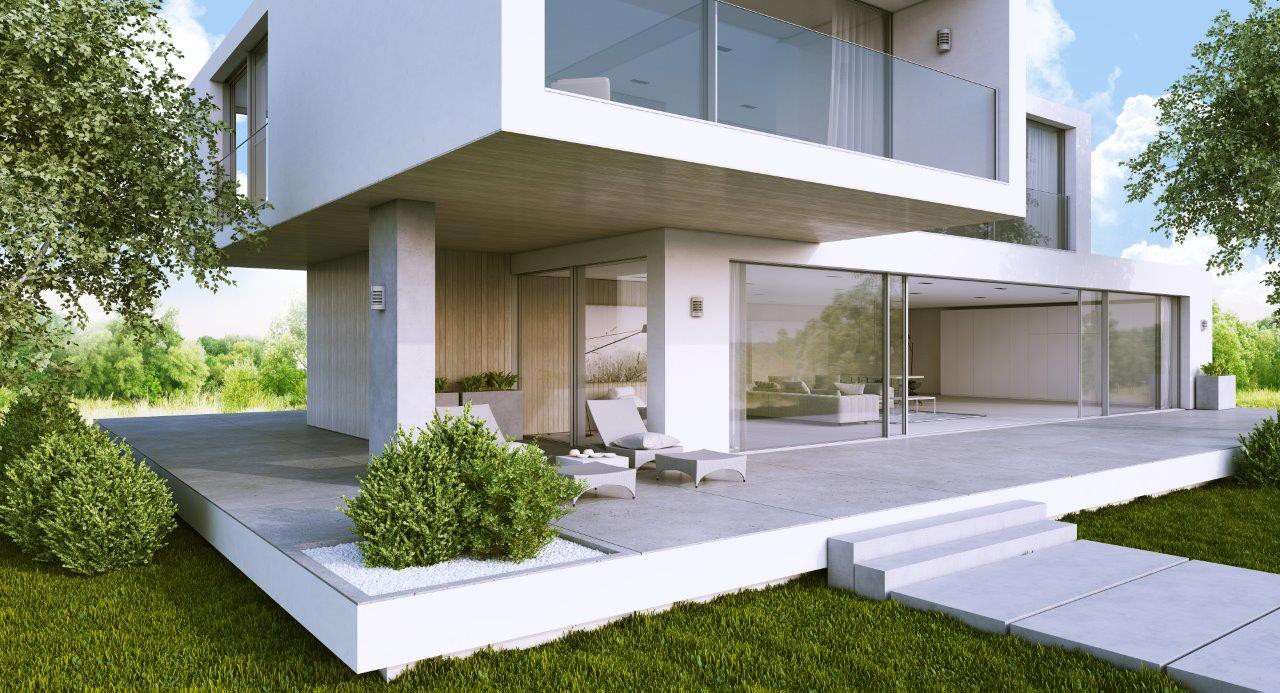A thermos-like house – 4 advantages of passive housing
There is a growing number of people asking themselves how to reduce their energy and heating bills. Is it possible to build a house with almost no maintenance costs? The answer is – yes, it is! The solution to this problem is passive housing.
When did the demand for passive houses first emerge? The turning point was the energy crisis of the 1970s, when, as a result of armed conflict in the Middle East, the price of oil suddenly rose by almost 300 per cent. It was then that people started searching for alternative solutions incorporating renewable energy sources. Passive houses, which are houses supplied with renewable energy sources, such as solar energy, were a promising solution in this respect.
But what exactly are they? Passive houses are defined by their very low thermal energy requirements. According to the definition proposed by Wolfgang Feist in the 1990s, these do not exceed 15 kWh/sqm/year. In comparison, conventional buildings require around 120 kWh/sqm/year. They are also much cheaper to maintain than conventional houses. Passive housing is proof that it is possible to build a maximally energy-efficient building.

What is more, judging from the direction in which the global construction industry is heading, in the near future all newly constructed buildings will have to be passive or energy efficient. There are many indications that passive houses will, in a matter of a few years, become a highly sought-after technology that meets all applicable standards for modern construction projects.
4 Advantages of passive houses
Despite the fact that the costs of the construction of a passive house are approximately 20–30% higher than those for conventional projects, the popularity of this solution is growing. First of all, the difference in the construction price between a passive and a conventional house is expected to decrease in the following years due to new energy-related restrictions imposed on the construction industry. The rising prices of electricity and fuel are also important factors. Below, we take a closer look at four advantages of passive houses.
1. Energy efficiency
The main advantage of passive houses is their energy efficiency. Passive houses are designed to make as little use of non-renewable energy sources (including electricity, gas, fuel oil, solid fuels) as possible. They reduce to the minimum the amount of energy required for heating, hence, the cost of their maintenance is very low. The savings generated in this way are likely to increase as energy prices keep rising.
‘To achieve the optimal effect, energy-efficient window and door systems, such as MB-104 Passive and MB-SR50N HI+ façade systems by Aluprof are recommended. The innovative solutions they incorporate ensure the highest thermal insulation, which makes them ideal for passive houses. In addition to excellent thermal insulation properties, they also provide very good sound insulation, water and air tightness and guarantee high structural strength’, explains Balázs Béres, Technical Consultant at Aluprof.
 Vinařství Lahofer, Dobšice, Czech Republic. Systems used: MB-78EI, MB-SR50N, MB-104 Passive
Vinařství Lahofer, Dobšice, Czech Republic. Systems used: MB-78EI, MB-SR50N, MB-104 Passive
2. Modernity and minimalism
Another advantage (which is, nevertheless considered as a disadvantage by some) is the shape of the building in the spirit of modern minimalism. Passive houses typically have a simple shape without too many curves. There also have no balconies, dormers or bay windows that could make wall insulation more difficult. In addition, passive designs typically avoid garages.
They prefer straight, optimally orientated walls with a lot of glazing to maximise the benefits of solar energy. This solution also prevents thermal bridges. Some consider houses of this type too simple, unsightly and inconsistent with the typical idea of a cosy home. However, those who like modernity and minimalism will appreciate the simplicity of passive designs.

3. Improving air quality locally and globally
Passive houses generate significant less CO2 emissions into the atmosphere, mainly due to lower energy demand and the use of renewable energy sources. In global terms, less CO2 translates into better air quality, which is an urgent problem around the world. However, the effects can also be felt locally – thanks to their features, passive houses actively help to fight smog, which remains a significant problem in Hungary, despite the significant decrease in emission levels over the past decades. The more passive houses in a neighbourhood, the higher its prestige and living comfort. From the perspective of the entire country, they will also make it easier to achieve the climate targets set by the EU.
Passive houses are also an excellent investment from the perspective of the user. To give an example, well-fitted window joinery will serve the users for decades. The passive houses built in the 1970s are great examples of optimum solutions for the storage and harvesting of free energy.

4. Better comfort of living
Passive housing projects place a strong emphasis on energy recovery ventilation. One of the numerous advantages of this solution is the improvement of the microclimate inside the building by eliminating draughts and the possibility to use solutions for regulating the humidity inside the rooms and appropriate filters to improve air quality. This is of key importance for people suffering from allergies, the number of which is growing due to smog.
Let’s build a better future
Modern construction projects, which prioritise energy efficiency and environmentally friendly solutions, are undoubtedly a step towards a better future, which is not as distant as we might think. Thanks to appropriate regulations, it is likely that we will see a growing number of energy-efficient buildings, including passive houses, in the near future. The high price of the investment should not discourage anyone, given the benefits and savings that it brings.
